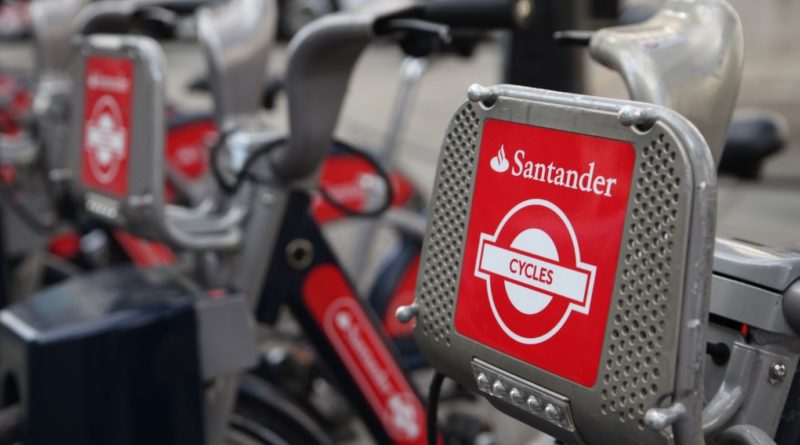Bike share availability to “double by 2025”, says mobility analyst
Bike share schemes are on course to more than double in availability by 2025, according to urban mobility analysts Frost & Sullivan.
In response to the issue of rising carbon emissions cities will increasingly turn to bike sharing to complement a drive toward car sharing and investment in public transit, says a study by the mobility researchers.
The insight finds that the European bike sharing fleet look set to jump in size from 151,302 units in 2016 to 341,250 units by 2025. Southern and Western Europe have the highest levels of bike share activity. About 196 cities in Southern Europe have more than 35,000 rental bikes; in Western Europe, 150 cities have nearly 70,000 rental bikes. Spain and France are the strongest markets, though the UK, Germany and Italy are expanding quickly.
“Owing to the often prohibitive capital and operational costs of running bike share schemes, cities and bike sharing operators are likely to depend on third-party sponsorships,” noted Sen. “Some prominent providers, such as JCDecaux, Nextbike, PBSC and Smoov, employ the advertising model. Their success will encourage companies from different verticals like health, lifestyle, banking and foods to enter the BSS market as sponsors, advertising partners and financers for brand activation opportunities.”
In discussing the barriers to greater roll out, the analysts suggest that high insurance costs are thus far proving one of the great prohibitors to wide-scale adoption.
As far as bike sharing in Europe goes, the European Cyclists’ Federation has now launched a best practice data gathering initiative to assist those looking to explore roll out in their cities. The use of artificial intelligence is one method touted as key to ensuring profitability and efficiency.
The firm adds: “Safety guidelines of bike sharing programmes are often not aligned with those mandated by insurance schemes, necessitating deeper analysis and resolution of the insurance issue.”
The cost to benefit ratios of schemes often offer more than meets the eye in terms of economic benefit, delivering social advantages, health benefits and plenty more.



